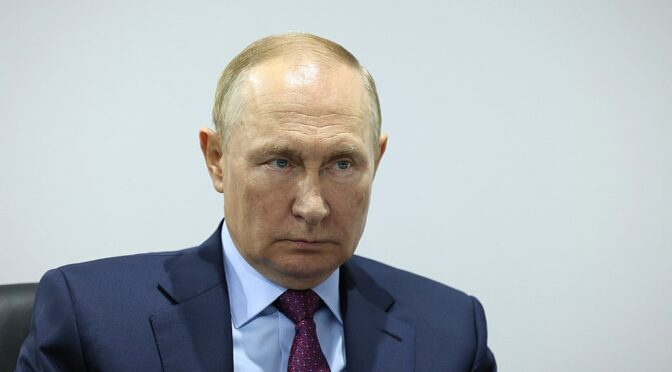Article published in The Sunday Telegraph, 7 August 2024. © Richard Kemp
In an audacious armoured assault into the Kursk region of Russia, Ukrainian armed forces have advanced further than either side in almost two years. The attack by at least two brigades took the Kremlin by complete surprise. Or at least it was launched and seized significant territory before any counter move could put a stop to it. So much for the supposedly transparent battlefields of the 21st century.
The advantages of surprise in war are transient but even after four days fighting, Russian forces have yet to contain the incursion. That’s hardly surprising given the thinly spread defences along this part of the border. So far local irregular forces and conscripts have been sent in and at least one battalion of reaction forces was apparently largely destroyed by what seems to have been a long-range missile strike.
So far Kyiv has not commented on its objectives for this new offensive; entirely right when it is so important to keep the enemy guessing.
Whatever the strategic rationale, this is a substantial investment in forces that could potentially be destroyed or cut off at a time when Ukraine is short of troops and failing to hold back steady Russian advances in Donbas. It is a huge morale boost at a time when the country had reached the lowest point since the earliest days of the war.
But important though that is, it doesn’t seem adequate justification to take such a risk. Militarily, this operation could be aimed at reducing pressure elsewhere on the front lines, by forcing the Russians to redeploy significant forces to deal with it, something that may already be in the pipeline.
Some have also speculated that Kyiv’s objective might be to seize the Kursk Nuclear Power Plant. That would be a major prize, and the risks of fallout would severely hamper efforts to recapture it. But it is around 40km beyond the ground Ukraine is currently fighting on and almost certainly out of reach.
The political value of this incursion might be greater than any specific military advantage. Ukraine’s successful counterattacks in the Kharkiv area and around Kherson in 2022 galvanised international support.
Failure of the summer offensive last year had the reverse effect, and that has been compounded by war in the Middle East which has diverted attention as well as resources from Ukraine. This bold manoeuvre might reinvigorate Western backing, most importantly potentially strengthening support in both camps in the US elections.
An adjunct to that might be to demonstrate that even an incursion on this scale does not attract Putin’s much-feared retaliation against the West. This may encourage Biden to relax restrictions on weapons use inside Russia, which have been a major impediment to Ukrainian operations. We saw that fear yet again as the attack into Kursk began and the Americans claimed it had taken them by surprise. That is far from plausible given Ukraine’s close integration with Nato, as well as US intelligence capabilities.
Another political consideration might be the increasing talk of peace negotiations. For Ukraine to occupy Russian territory could be a strong bargaining chip. That though would require digging in and holding on to this ground, including supply routes, for an extended period against increasing attacks from the ground and the air. Such a move for that reason could be premature.
We have no idea what General Oleksandr Syrskyi, Ukraine’s Commander-in-Chief, might now have up his sleeve. But whatever the military and political intentions, even he cannot know the outcome. However this operation does work out, though, Ukraine has shown the world it is still very much up for the fight.
Image: Wikimedia Commons

